thumbnail
Agribusiness News
Smithfield Foods honored for workforce development through apprenticeship programsSmithfield Foods honored for workforce development through apprenticeship programs
Smithfield Foods received two workforce development awards from the North Carolina State Board of Community Colleges and the American Association of Community Colleges.
Subscribe to Our Newsletters
Feedstuffs is the news source for animal agriculture
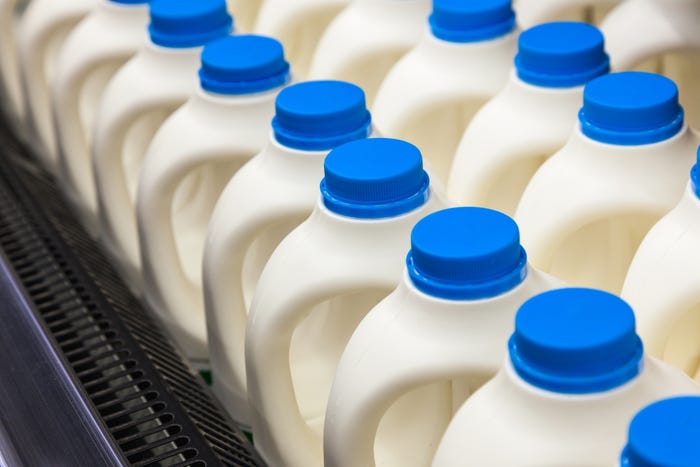
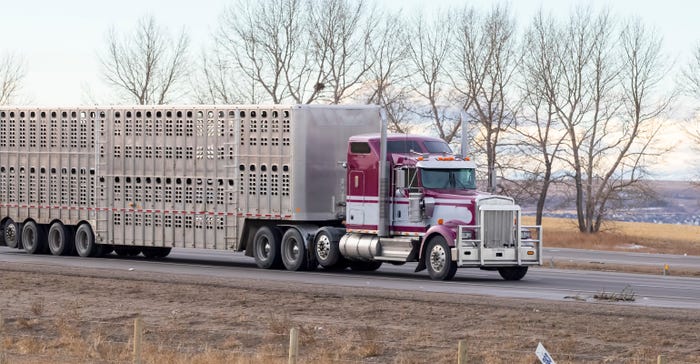

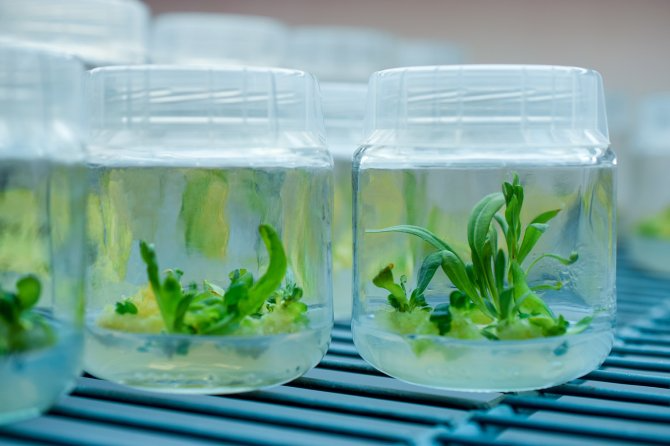
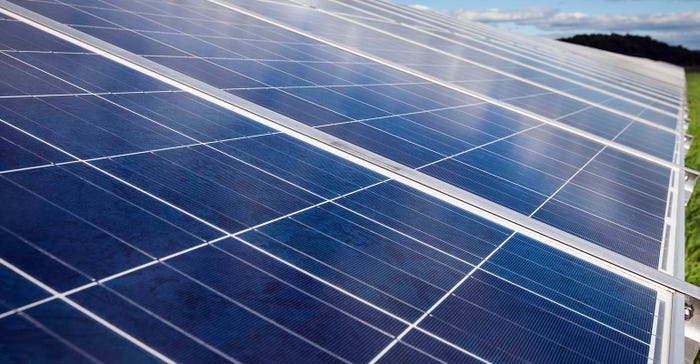

.png?width=300&auto=webp&quality=80&disable=upscale)

.png?width=300&auto=webp&quality=80&disable=upscale)
.png?width=300&auto=webp&quality=80&disable=upscale)

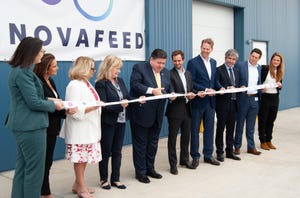
.png?width=300&auto=webp&quality=80&disable=upscale)
.png?width=300&auto=webp&quality=80&disable=upscale)


.png?width=300&auto=webp&quality=80&disable=upscale)






.png?width=300&auto=webp&quality=80&disable=upscale)

.png?width=300&auto=webp&quality=80&disable=upscale)




.png?width=300&auto=webp&quality=80&disable=upscale)





.png?width=300&auto=webp&quality=80&disable=upscale)
